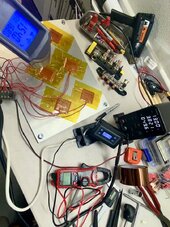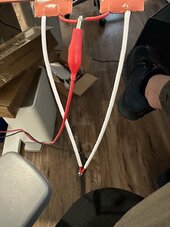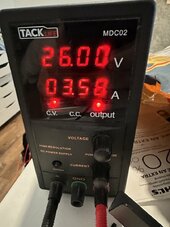I'll be installing a 8sp2 system into an EEL server rack battery box for a 24 system with the new JK BMS inverter BMS. EEL sells heating pads (designed for 48v systems) that has two pads in series. I figured the lower voltage should just halve the power. I measured the resistance and it's around 27.5 ohms which should output around 60w on a 48v systems and around 30w on a 24 system. These are designed to go on the bottom of the case and heat the batteries from below.
My question is 30w too low? Since these are in series, should I cut the series connection and put them in parallel which will half the resistance to get back to around 60w? I typically don't recommend heating batteries since it just wastes battery storage, but the way these new bms' work, they just take the charge current and divert to the heaters until the battery warms up, then charges so really there is no wasted energy. Previous setups would just heat all the time until they came to temp (battery or solar charge, it didn't matter)


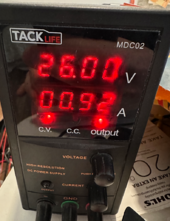

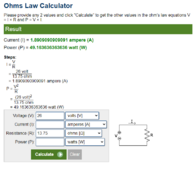
My question is 30w too low? Since these are in series, should I cut the series connection and put them in parallel which will half the resistance to get back to around 60w? I typically don't recommend heating batteries since it just wastes battery storage, but the way these new bms' work, they just take the charge current and divert to the heaters until the battery warms up, then charges so really there is no wasted energy. Previous setups would just heat all the time until they came to temp (battery or solar charge, it didn't matter)








